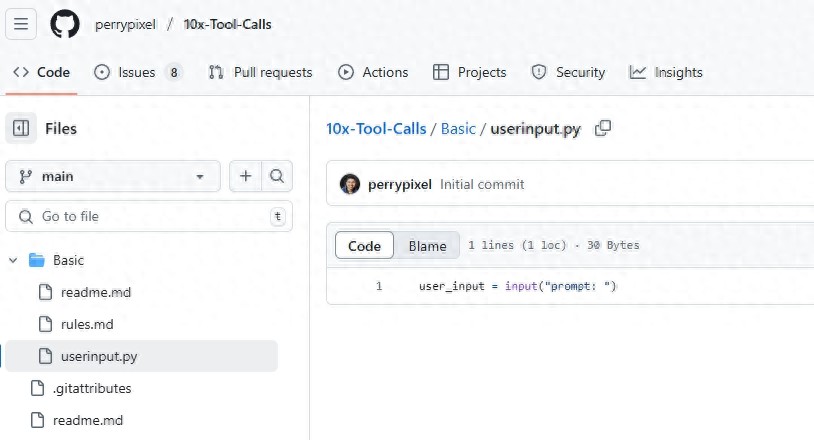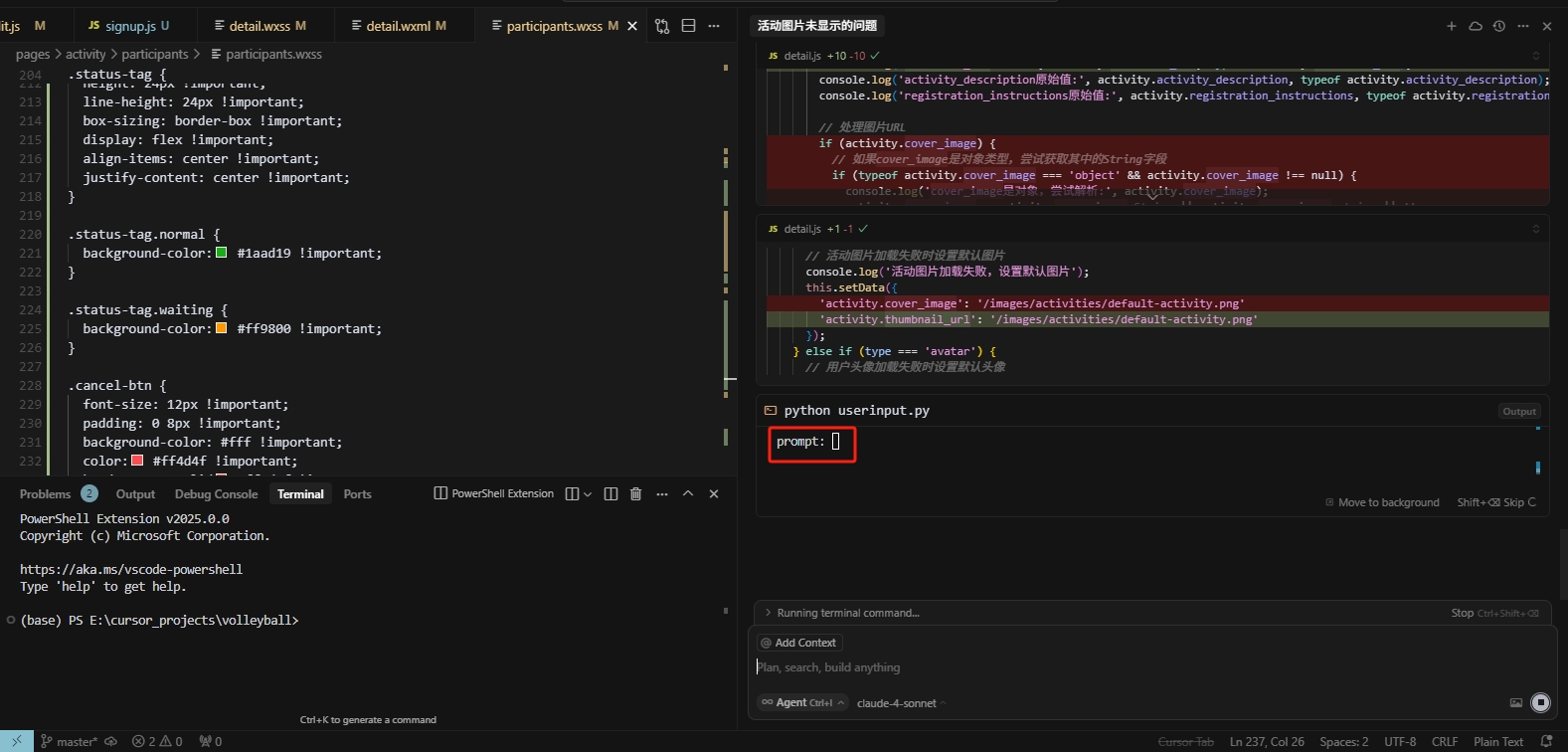10x Reduction in Cursor Usage: The Secret Guide
Learn how to reduce Cursor AI tool calls by 10x with simple techniques, saving programming costs. Includes open-source project usage guides and optimization tips for AI programming developers.
10x Reduction in Cursor Usage: The Secret Guide
2025-06-29 19:10·AI Little Volcano
Currently, the Cursor + Claude combo is considered the gold standard in AI programming. Although new free AI programming tools keep emerging, their performance remains unsatisfactory. While they can generate simple applications with one click, when used in production environments, they either get stuck in endless bug cycles or delete existing code, completely ruining previously hard-written programs.
Recently, Cursor has imposed more restrictions on free users, no longer allowing free access to Claude or other powerful models, significantly reducing its effectiveness. However, for paid users, response times have become faster with virtually no waiting, and generation speed is extremely quick. Unlike some models that produce lengthy nonsense only to output garbage code. But even among paid users, there are tiers: the Pro version costs $20 per month, while the Max version charges based on usage with no upper limit. The Pro version originally had a monthly limit of 500 calls, after which users would be downgraded. Now it seems there are two modes: one retains the original approach, while the other implements hourly limits (exact numbers unclear), with downgrades triggered after reaching certain frequency thresholds. Either way, there are call limits for using top-tier models.
These days, I came across a project on GitHub: https://github.com/perrypixel/10x-Tool-Calls/tree/main. After trying it, it actually works. Let's look at its source code:

You're seeing it right - it's the simplest open-source project imaginable, just one line of code:
user_input = input("prompt= ")
The principle is actually very simple. Originally in Cursor, each Q&A counted as one call. Even if you just say "hello" and it replies "hello", that still counts as one call. We waste numerous calls in multiple interactions. The improved method works by initiating one call, then Cursor allows you to provide feedback or automatically tests itself, reports bugs, and fixes them. This process can repeat multiple times, and by default, only triggers the tool call limit after reaching 25 iterations. During this process, even if you raise completely unrelated issues, it will still diligently try to solve them while counting as just one call. Besides the code above, there's also a rules file: rules.md. Copying the rules file content (which already includes the program content) tells Cursor to automatically create this file if it doesn't exist. So we just need to copy these rules.
Open Cursor's settings, go to rules configuration, paste the complete rules file content, save, and you're done. Next time, Cursor will automatically enable Prompt conversations.

Note: You must continue entering instructions in the prompt area - don't use the original dialog box below. You'll see the process remains in a suspended state. If you click Stop in the lower right corner, the current call ends and you'll need to start over. This way, 500 calls can last me the whole month.
Currently, there are some limitations: you can't use copy-paste in prompts, nor can you paste files or screenshots - only pure text input. While less convenient, the real cost savings make it worthwhile.